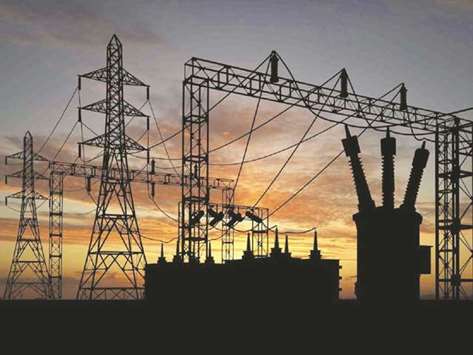The Doha-based Gas Exporting Countries Forum (GECF) expects that power sector energy demand in its member countries’ will rise to 558mn tonnes of oil equivalent (Mtoe) by 2040, but with a slower average growth rate of 1.4% a year.
In 2016, the sector consumed over 400Mtoe of energy, demonstrating an annual growth rate of 2.8%.
The power sector is the largest consumer of energy over both the historic and outlook (2017-2040) periods.
The main reason for such an increase in demand in the power sector is the change in population levels. It is projected that the number of households in GECF member countries will increase to over 218mn by 2040.
Consequently, the demand for electricity will increase significantly and therefore the power sector will require more energy to generate power, GECF said in its ‘Global Gas Outlook 2017’.
Most GECF members are developing countries (e.g. Qatar, Russia, Iran, UAE), with economic growth potential over the next decades.
The other members of the forum are: Algeria, Bolivia, Egypt, Equatorial Guinea, Libya, Nigeria, Trinidad and Tobago and Venezuela.
Azerbaijan, Iraq, Kazakhstan, the Netherlands, Norway, Oman and Peru have the status of Observer Members.
These countries possess rich fossil fuel resources, particularly natural gas, which contributes to rapid growth in most sectors and associated energy consumption over the outlook period.
Higher population and urbanisation growth in GECF member countries will also substantially influence energy demand in the domestic sectors. In 2016, these countries consumed 256Mtoe of energy in the domestic sectors indicating a growth rate of 1.8% per annum over the historical period.
The GECF projects that in 2040, domestic energy demand will increase to 433Mtoe with a growth rate of 2.2% annually. Consistent with global energy demand trends, transport energy demand in GECF member countries also will increase by 2040.
It is expected that 357Mtoe of energy will be consumed in this sector over the outlook period indicating a growth rate of 1.1% annually, compared to 2016 when the energy consumption of the transport sector was 276Mtoe.
This increase can mainly be attributed to a growing number of personal cars, an increase in road transportation due to the development of infrastructure and a corresponding increase in rail and air transportation, the report said.
For instance, lifting Iran’s economic sanctions since 2015 has allowed the country to renovate its aviation sector through purchasing new aeroplanes that in the long-term will influence the associated energy consumption in this sector.
Unlike global energy trends, demand in the heat generation sector of GECF member countries will continue to decline from 143Mtoe (in 2016) to 115Mtoe in 2040 indicating a negative growth rate of 0.9%.
This fall in consumption may be attributed to potential climate change in the future, resulting in less intensive winters.
Demand in the refinery sector is also forecast to be sluggish in the GECF member countries.
By 2040, the sector energy demand will be 62Mtoe compared to 60Mtoe in 2016. This shows a growth rate of 0.1% over the outlook period.
Feedstock is the fastest growing sector in both the historical and the outlook periods, GECF noted. In 2016, energy consumption in this sector was 94Mtoe with a growth rate of 5.4% on average since 2000.
The GECF expects that by 2040, feedstocks will consume 172 Mtoe implying an annual average growth rate of 2.6%, and thus remain the fastest growing sector in the GECF member countries.

In 2016, the power sector consumed over 400Mtoe of energy, demonstrating an annual growth rate of 2.8%

